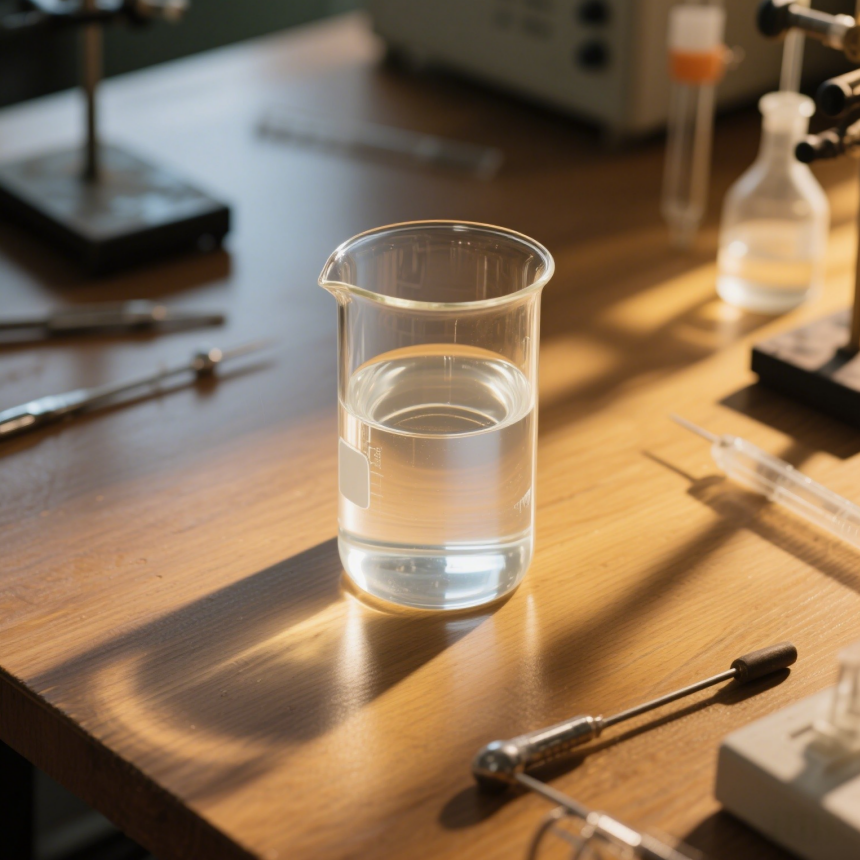يتطلب نقل أكريلات 2-إيثيلهكسيل (2EHA) الالتزام الصارم بلوائح السلامة والممارسات الجيدة نظرًا لطبيعته القابلة للاشتعال والمخاطر الصحية المحتملة. يصنف أكريلات 2-إيثيلهكسيل كمادة خطرة (فئة 3 سوائل قابلة للاشتعال) وفقًا للمعايير الدولية لنقل البضائع الخطرة مثل IMDG (للنقل البحري) وIATA (للنقل الجوي) وADR (للنقل البري)، ويحتاج إلى وسم وتعبئة وتوثيق مناسبين. تشمل الحاويات المعتمدة براميل من الفولاذ المقاوم للصدأ وحاويات الدُفع الوسيطة (IBCs) أو شاحنات الصهاريج، ويجب أن تكون جميعها محكمة الإغلاق وخالية من التسرب ومقاومة للتآكل ومزودة بصمامات تخفيف الضغط لمنع تراكم الضغط أثناء النقل. قبل التحميل، يتم فحص الحاويات بحثًا عن أي تلف، ويتم التعامل مع مادة 2EHA باستخدام معدات تأريض لتجنب الكهرباء الساكنة التي قد تؤدي إلى اشتعال الأبخرة. يجب أن تكون مركبات النقل جيدة التهوية ومبتعدة عن مصادر الحرارة أو اللهب المكشوف ويتم مرافقتها من قبل أفراد مدربين على إجراءات الطوارئ. يتضمن التوثيق ورقة بيانات السلامة للمواد (MSDS) وإفادة البضائع الخطرة وشهادة التحليل، لضمان الامتثال للوائح المحلية والدولية. بالنسبة للشحنات لمسافات طويلة، قد تكون هناك حاجة للتحكم في درجة الحرارة لمنع ارتفاعها بشكل مفرط، مما قد يؤدي إلى التكاثف، ويمكن تفادي ذلك بإضافة مواد مثبطة مناسبة أثناء الإنتاج، كما يفعل شركة E Plus Chemical Co., Ltd. تعمل الشركة مع شركاء لوجستيين معتمدين لضمان وصول مادة 2EHA إلى العملاء بأمان سواء عبر البر أو البحر أو الجو، مع أنظمة تتبع لمراقبة ظروف الشحن. يقلل النقل المناسب من مخاطر الانسكابات أو الحرائق أو التعرض، مما يحمي العمال والمجتمعات والبيئة مع ضمان تسليم المادة بجودة عالية (نقاء 99%) للاستخدام في المواد اللاصقة والراتنجات والأغطية.
